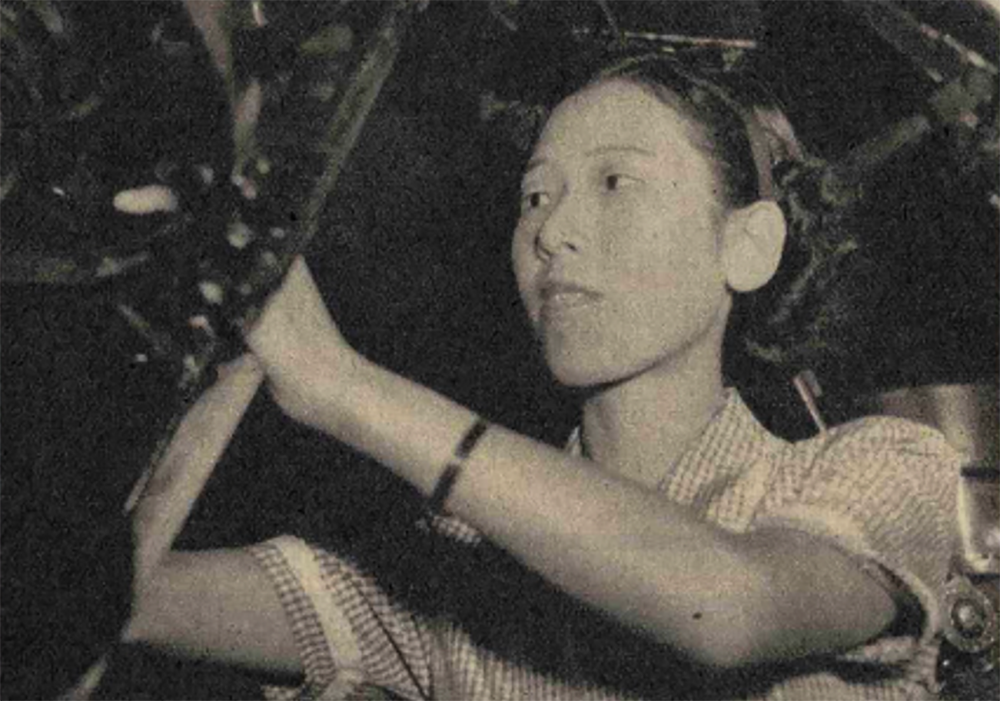In the past, around the early 20th century, it was quite unusual for women of any nationality to pursue a career in the field of science. A handful of women made their mark in the industry and one, in particular, established her name in the world of astronomy. But what was her contribution to this field of study?
Astronomer Hisako Koyama hand drew her observation of sunspots daily for more than 40 years. Her extensive collection of drawings helped modern researchers learn more about the solar cycles and the sun’s magnetic fields.
Who was Hisako Koyama?
Hisako Koyama was born in Tokyo in 1916. She showed interest in the heavenly bodies with solid support coming from her father at an early age. The future astronomer graduated from an all-girls school in the 1930s, something uncommon at the time.
Her interest in astronomy continued to grow as she was given a 36mm x 60 refractor telescope. Tokyo often drilled its citizens during the second world war in preparation for airstrikes. As soon as the blackouts hit the city, Koyama sneaks out with a futon and a star chart to stargaze.
Koyama wanted to join Japan’s Oriental Astronomical Association’s (OAA) Moon section, but upon realizing that her telescope was insufficient for the task, she decided to join the Solar section instead. For her to observe the sun’s surface safely, Koyama placed her telescope by the window and used it to project the image of the sun behind the eyepiece onto a piece of paper. (Source: PBS)
After a month of observing the sun, Koyama could sketch the first drawing of her observed sunspot. She then sent it to the president of the Solar section of OAA, professor Issei Yamamoto. Koyama started her life-long career observing the sun after an encouraging response from the president.
Koyama’s career quickly moved from amateur astronomer to staff observer when she made regular observations using the Nikon 20 cm refractor telescope at the Tokyo Science Museum, now known as the National Museum of Nature and Science (NMNS). Koyama observed the sun using the same telescope from 1946 until her retirement in 1981 and an additional ten years after she retired.
Besides her work as a staff observer, Koyama was also known to be the museum’s public face when it came to astronomy. She explained astronomy and demonstrated equipment to visitors. She was also responsible for organizing special events and observational campaigns for eclipses. Koyama also regularly published studies and articles related to the sun, sunspots, telescopes, and the like. (Source: AGU)
Koyama’s Legacy
Koyama’s dedication to the study of sunspots immensely helped solar scientists. One particular scientist, Leif Svalgaard, claimed that Koyama’s work greatly helped their project create a complete timeline of sunspot observances from 1610. Svalgaard mentioned that her daily sketches provided the missing information on sunspot documentation in the early twentieth century.
Koyama’s collection of more than 10,000 hand-drawn sketches of sunspot observation has been used by multiple scientists in their studies, and most of them find it extremely valuable because not only was data abundant, but it was collected by the same individual, using the same telescope and method of collecting the data. Koyama’s work is a very coherent data set. (Source: Astronomy)
Her sketches became the backbone of solar sciences. Her work was likened to the sunspot drawings of Galileo, Gassendi, Staubach, Schwabe, and Wolf. Koyama’s data is classified as part of outstanding historical records. (Source: AGU)
